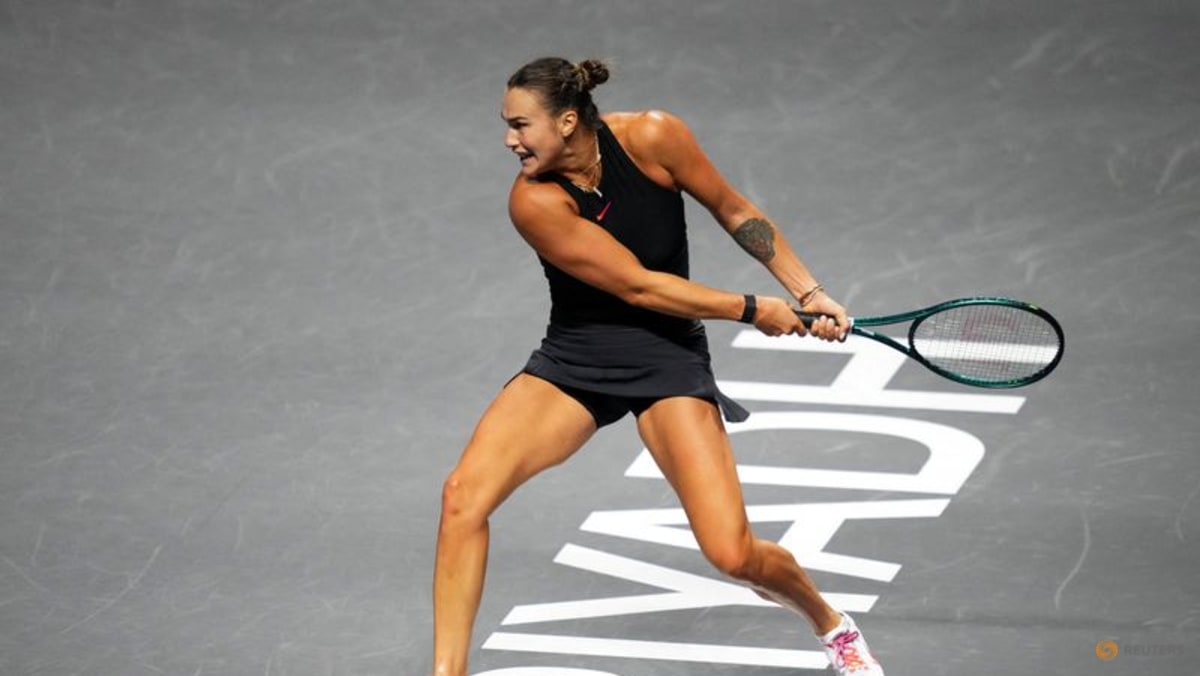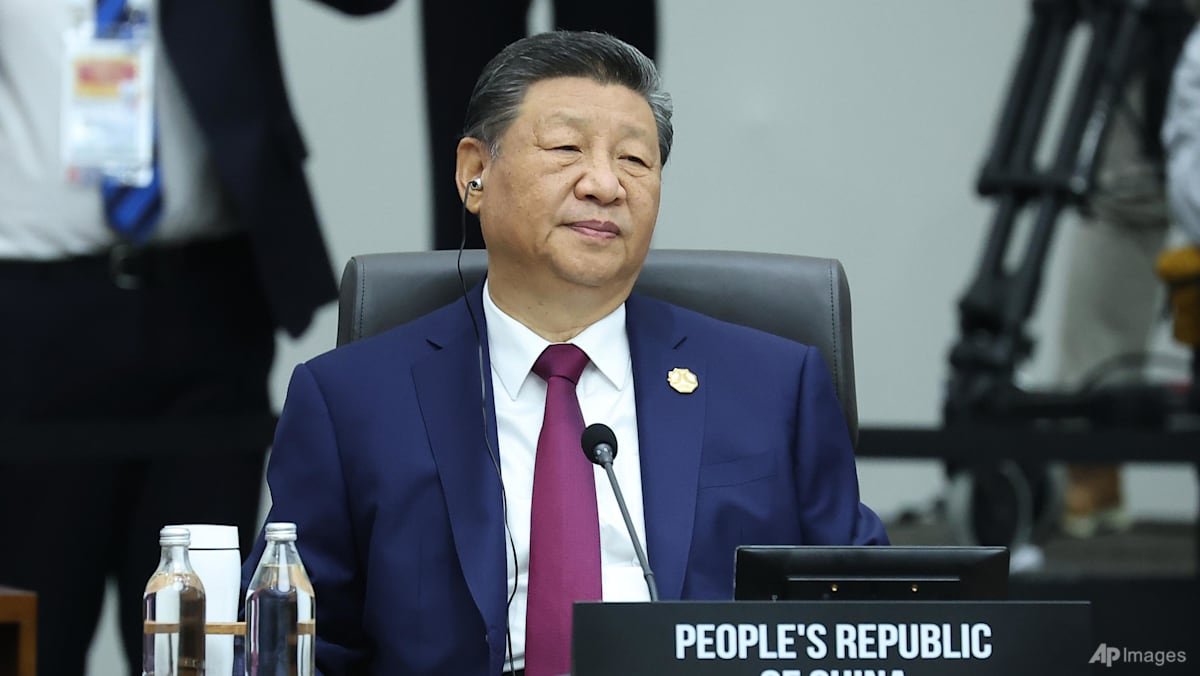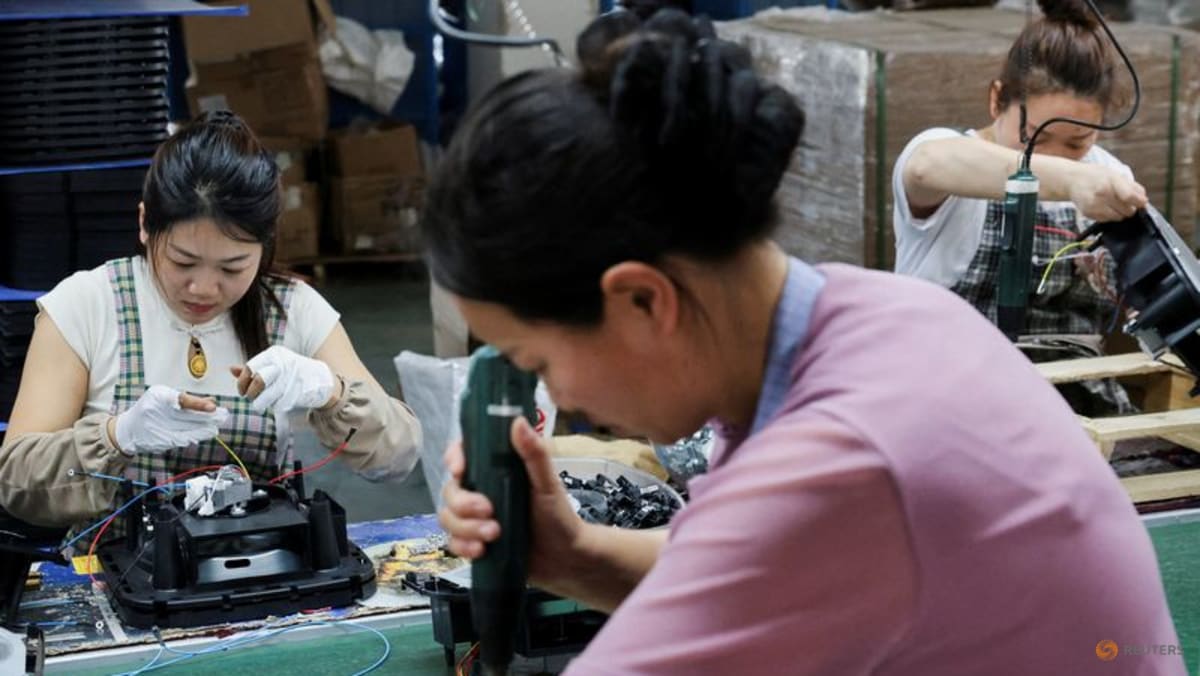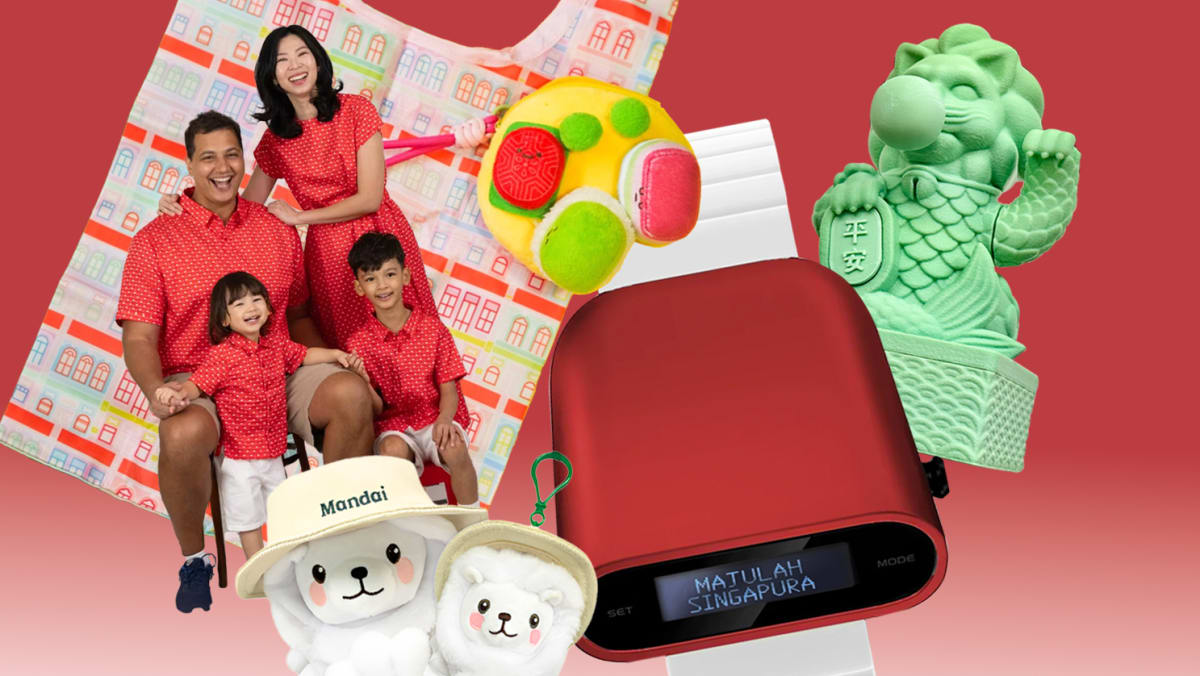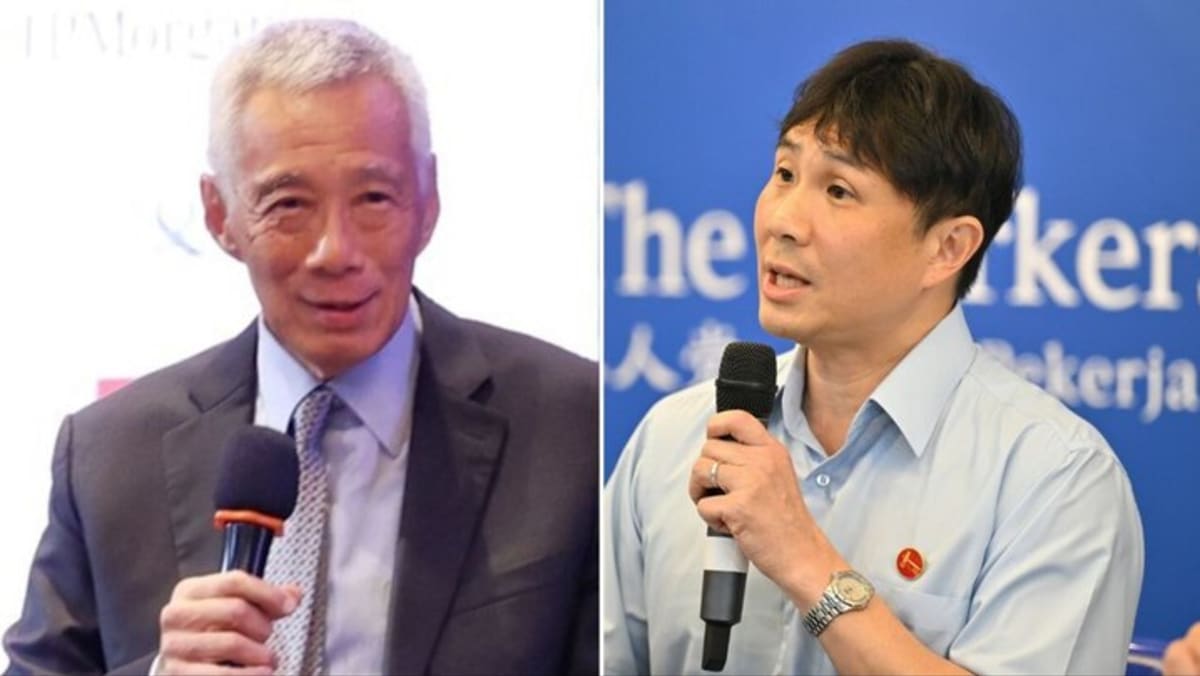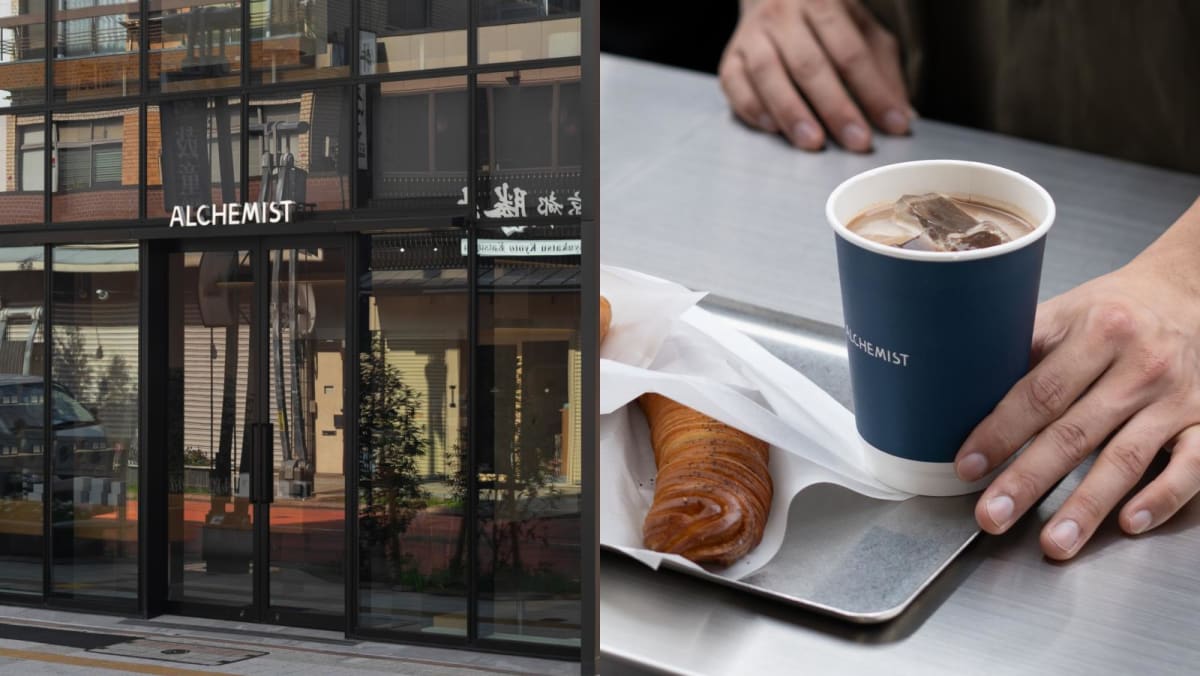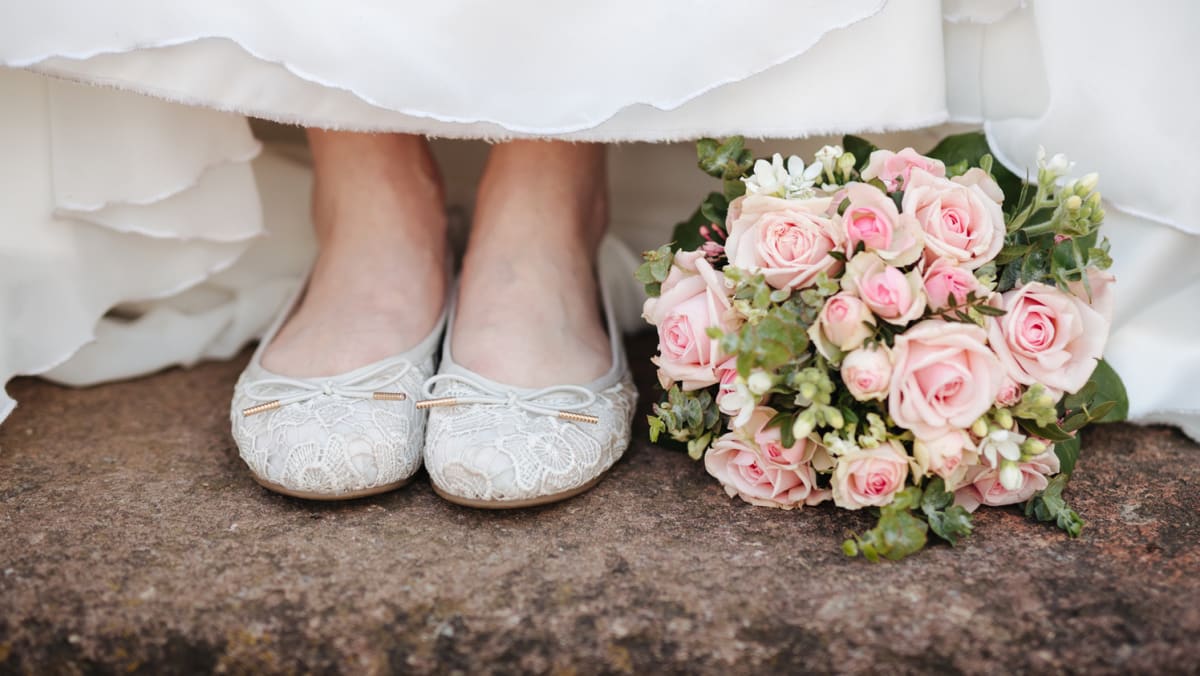On a warm summer’s day in Paris, designer Isabel Marant is in her studio talking about a recent adventure in vintage shopping. She found a pair of silver and gold sandals in a store that she deemed “a bit disco, super nice”. On taking them to the till however, she spotted the label: Isabel Marant. “I was like ‘no way!’ I totally forgot I had designed them,” she says, laughing. “Of course I didn’t buy them.’”
When it’s been 31 years since you founded your eponymous brand, you can be forgiven for forgetting one pair of sandals. But the anecdote shows the lasting appeal of the French designer’s boyish bohemian aesthetic. Recently that look — and some of her greatest hits such as her 2009 Bekett wedge trainers — have been picked up by a new generation.
Seated at a round table under a giant disco ball, surrounded by rails of lacy white cotton and faded blue denim garments for next year, Marant is trying to simultaneously eat a salad, drink a coffee and discuss this new wave of fans and hashtags such as #isabelmarantgirls. “It’s very funny, I haven’t seen the years passing and suddenly wow, I’m nearly 60 [she’s 58]. I launched the sneakers years ago. But it makes sense because fashion is a repetition.”
The original Beketts, a basketball style with a concealed wedge, were worn by everyone from Gisele Bundchen to Beyonce in her 2011 Love on Top video — until its credibility was dented by the cumbersome copies that it spawned. Now though, 16 years since it was launched the Bekett is having a resurgence, selling well alongside a 2022 update, the Balksee. Meanwhile so-called Marant core looks such as cowboy boots with white cotton dresses or skirts have been as ubiquitous as spicy margs this summer.
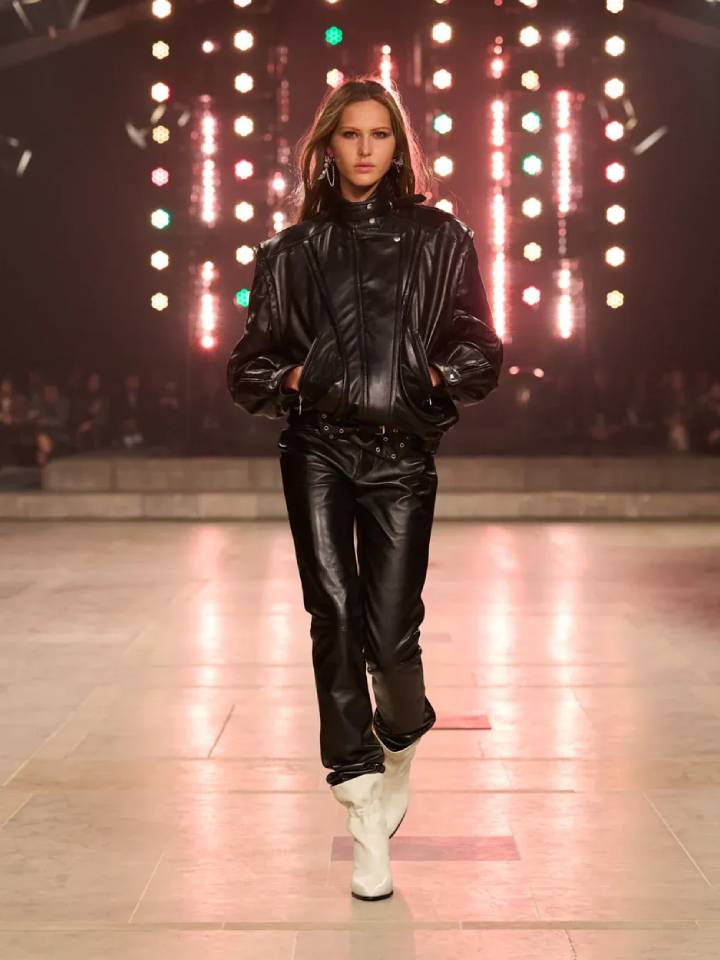 Isbael Marant fall/winter 2025 collection. (Photo: Isabel Marant)
Isbael Marant fall/winter 2025 collection. (Photo: Isabel Marant)
Someone who works for a fashion school in New York recently told her that “all the students are totally obsessed with Isabel Marant”. Why? Because she doesn’t dye her hair or wear much make-up and gives off a sense of liberation that’s missing in modern culture. Her brand is associated with two returning pop culture moments: mid-2000s boho, with its hippie blouses and gladiator sandals, and indie sleaze, a retroactive term applied to the late 2000s aesthetic marked by skinny jeans and messy eyeliner. They were less self-conscious times, when social media was in its infancy and fashion felt more free.
Having helped create the look of these eras, Marant is in the process of reshaping her own role within the brand, and enjoying more professional freedom. She’s stepped back from designing the collections, and over the past two years colleague Kim Bekker has taken on the role. “We didn’t really want to make an announcement on it because I wanted it to be a non-event,” Marant explains.
“Kim knows the language of Isabel Marant perfectly. That’s why I chose her to succeed me. It’s been a while that I’ve been trying to push Kim forward because I always thought that I am not going to work like crazy all my life.”
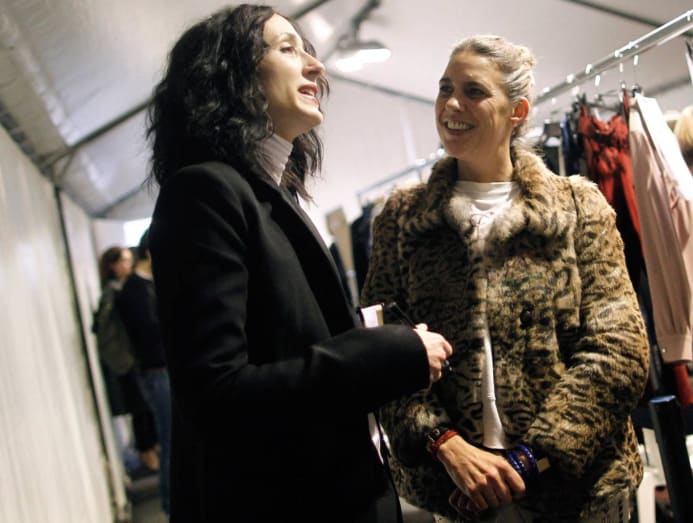 Isabel Marant (right) backstage prior to the start of the fall/winter 2012-2013 ready-to-wear collection show, on March 2, 2012 in Paris. (Photo: Alexander Klein/AFP
Isabel Marant (right) backstage prior to the start of the fall/winter 2012-2013 ready-to-wear collection show, on March 2, 2012 in Paris. (Photo: Alexander Klein/AFP
Clearly, Marant values her private life with her husband, designer Jerome Dreyfuss, and their son, as well as their time spent in an off-the-grid cabin in Fontainebleau where they can be quite “hippy and bohemian”: Gardening, making ceramics, playing cards.
In an industry where work-life balance is often elusive, Marant adds, “this decision that I took released me from a huge stress that was kind of drowning me and drying my creativity. I had to breathe and have it a little bit lighter and more joyful.”
In 2016 Marant sold a 51 per cent stake in the business to Montefiore Investment, and in 2023 chief executive Anouck Duranteau-Loeper said the brand had a plan to hit €500 million (US$580 million; S$747 million) in sales within four years. When Duranteau-Loeper and I chat briefly in her office in the studio, she says that it’s still a goal, but the timing will have changed due to issues such as the luxury slowdown, and a decline in wholesalers.
There have been reports in the press about lower sales and other financial problems. She acknowledges a significant drop in sales from 2023 to 2024 but says annual revenue is currently above €200 million thanks to “a very strong traction of our DTC channels with high double-digit growth since the fourth quarter of 2024, and the EBITDA remains strong.”
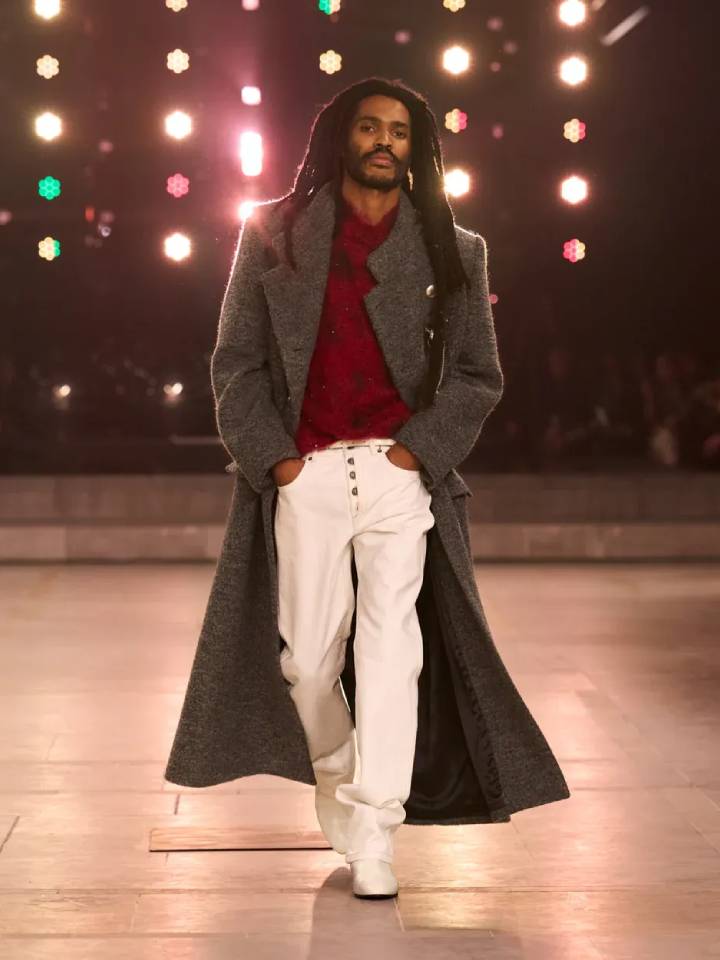 Isabel Marant fall/winter 2025 collection. (Photo: Isabel Marant)
Isabel Marant fall/winter 2025 collection. (Photo: Isabel Marant)
Duranteau-Loeper adds that she believes the brand’s advantages are its contemporary price point, because “the super-luxury brands have left us a sweet spot on the market”, and “authenticity in the way we conduct the business . . . not shifting from one trend to the other, and remaining who we are and what we do. Isabel is very cautious about that, as you can imagine.”
Part of Marant’s new role is ensuring this core vibe reverberates throughout the brand, along with overseeing “the design of the shops, the merchandising and working a lot on the image side with Emmanuelle Alt on the pictures, on our website, on Instagram,” she says.
Marant and Alt collaborated from about 2008 until 2011, when Alt was named editor of French Vogue. The pair became a formidable duo, helping to spark a global fascination with the sharp silhouettes and pared-back polish of French fashion — skinny jeans, stilettos and tailored blazers included. Alt brought “a twist, a sexy attitude that’s not vulgar or too much”, Marant recalls.
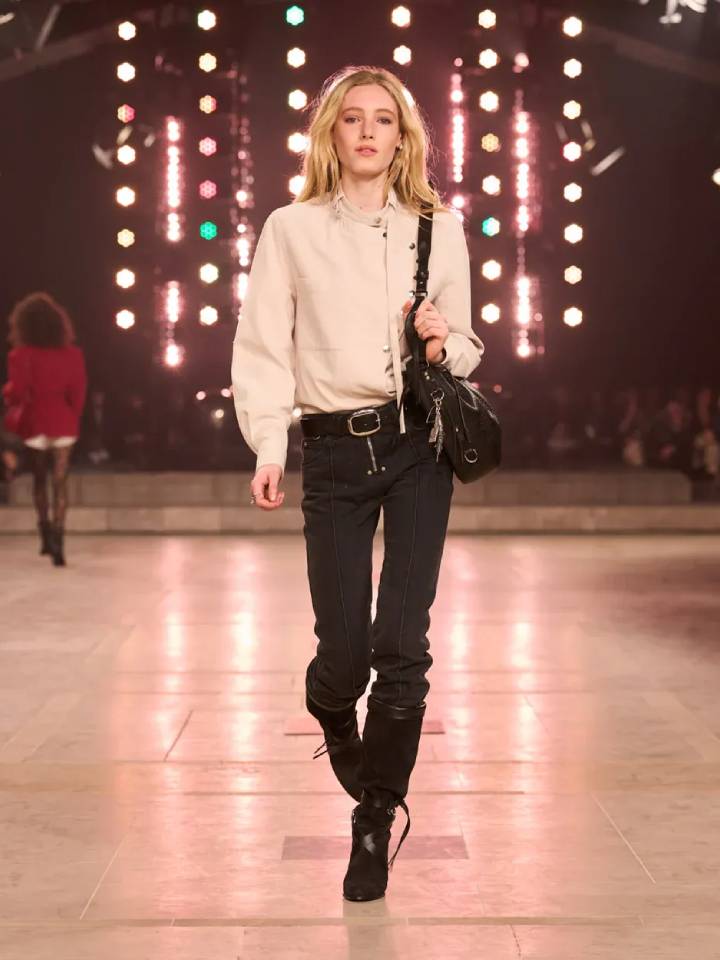 Isabel Marant fall/winter 2025 collection. (Photo: Isabel Marant)
Isabel Marant fall/winter 2025 collection. (Photo: Isabel Marant)
Fusing different aesthetics is at the heart of the Isabel Marant look, an energetic alchemy that might combine disco, vintage, athleisure, ’80s, masculine tailoring and global craft. “This mix-and-match brings an attitude that is very specific to us,” she explains. “You can have a very sexy tiny dress, but we put it with a men’s jacket. The ‘cool girl’ attitude is about breaking codes, there is always something that could be wrong for others that makes the silhouette cool for us.”
Tanned, silver-haired and wearing an old navy sweatshirt, aviator glasses and layers of gold necklaces, Marant exudes undone cool, and when she changes into a man’s suede shirt for our photo shoot she proves her own point about mixing masculine and feminine. Can she unravel the age-old enigma of what this French je ne sais quoi is? “We have this attitude, smoking cigarettes, drinking wine and looking like we don’t care . . . but also we are of the revolution, so we have this fuck it for today and we’ll see tomorrow. We have this spirit.”
The autumn/winter 2025 collection evokes an indie sleaze city girl rather than the breezy global nomad we often see from Isabel Marant in summer. Oversized blazers are worn as dresses, while deconstructed lace mini dresses and tartan mini skirts are paired with lace tights and fishnets for some ’80s cocktail party sass.
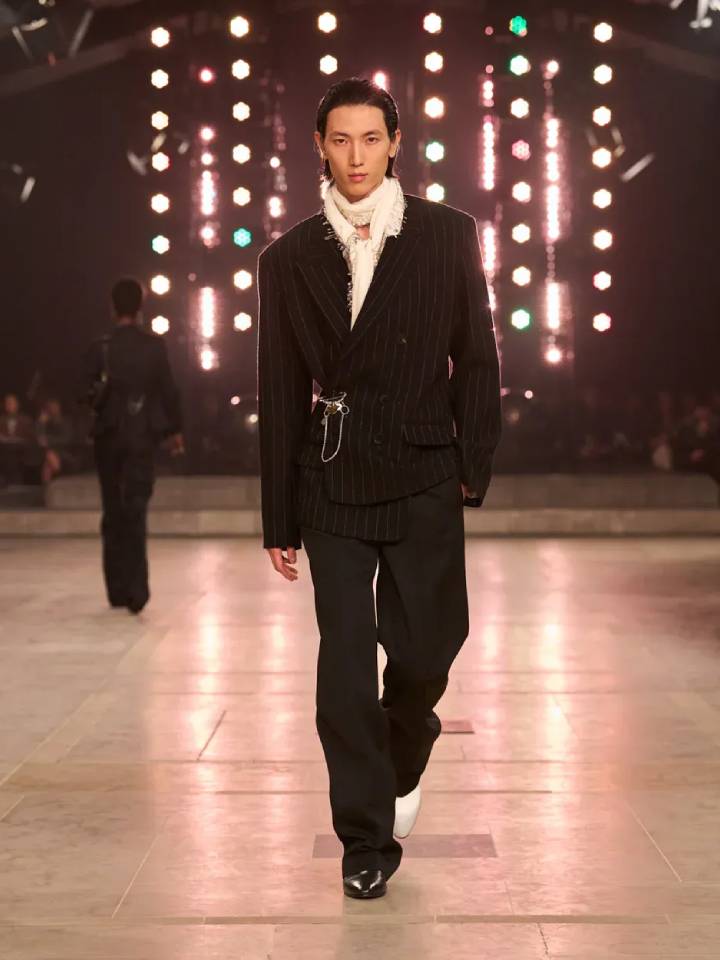 Isabel Marant fall/winter 2025 collection. (Photo: Isabel Marant)
Isabel Marant fall/winter 2025 collection. (Photo: Isabel Marant)
Marant says she developed a distinctive look for herself early on in life, realising later it was probably a response to her brother, whom she thought was better looking and got more attention as a result. (She is quick to add that she loved her brother and didn’t resent him for this.) She also borrowed ideas from her father’s wardrobe, going to school in his cashmere sweaters worn as dresses, classic Harris tweed jackets and paisley robes from Bloomingdale’s.
She became enamoured of the textiles and jewellery she encountered on her travels to Africa, India and America. They have informed both her personal style and her brand’s — though use for the latter has sometimes drawn accusations of cultural appropriation. In 2020 she apologised after a cape appeared to use a pattern unique to the Purepecha community in Mexico.
“It’s tricky,” Marant says of global communities whose patterns have long influenced one another but “who don’t make money” from them when brands like hers can generate real turnover using the same designs. She tries to work with communities she is inspired by, but meeting delivery deadlines can be difficult. Facilitating those collaborations is one of her new projects.
So how does she feel about the return of more maximal fashion after threeish years of the stealth-wealth minimalism known as “quiet luxury”? Only just stopping short of rolling her eyes, she says, “‘Quiet luxury’ was really just a way for a lot of designers to breeze, and make something really simple. Some brands have it in their DNA but it’s really very boring when everybody starts to do it.”
For Marant, “fashion is there to bring some dreams, some energy, some joy.”
Carola Long © 2025 The Financial Times.
This article originally appeared in The Financial Times.
Source: Financial Times/bt

